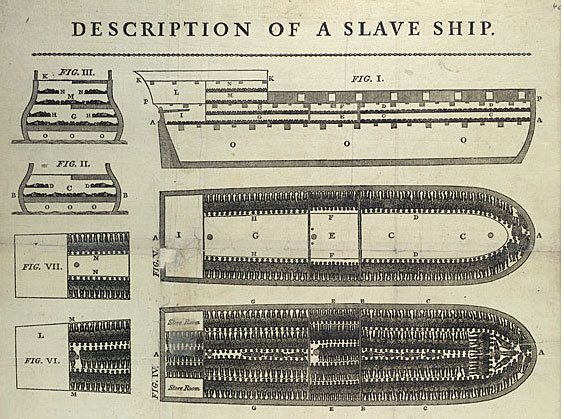Category: {R}evolution
-

The Long Hunger Strike (Against Slavery)
These posts are difficult to write and I’m sure they are difficult to read. By measuring the time taken to write–or to read–it is possible enter the symbolic world created by the hunger strike, a world in which existence matters. It is the force of the statement made by the strike that enables this fragmentary…
-
Mutant Capital: Time for {R}evolution
Ever wonder where all the scary, white clowns went? They’re in power, of course. Because racial capitalism and petrocracy, the rule of fossil fuel, have been in a deep embrace since neoliberalism began. And children of the multiplex that we are, we know what happens when you are smothered in toxic materials like crude oil.…